Iceland Travel Guide
Iceland is a unique and beautiful country located in the North Atlantic, known for its stunning natural landscapes, including glaciers, waterfalls, hot springs, and geysers. Visitors can also experience Iceland’s rich cultural heritage, including its Viking history and traditional folktales. Whether you’re interested in outdoor activities such as hiking and skiing, or you’d like to explore the country’s vibrant cities, Iceland has something to offer for everyone. With its otherworldly landscapes, Iceland is a destination that should be on every traveler’s bucket list.
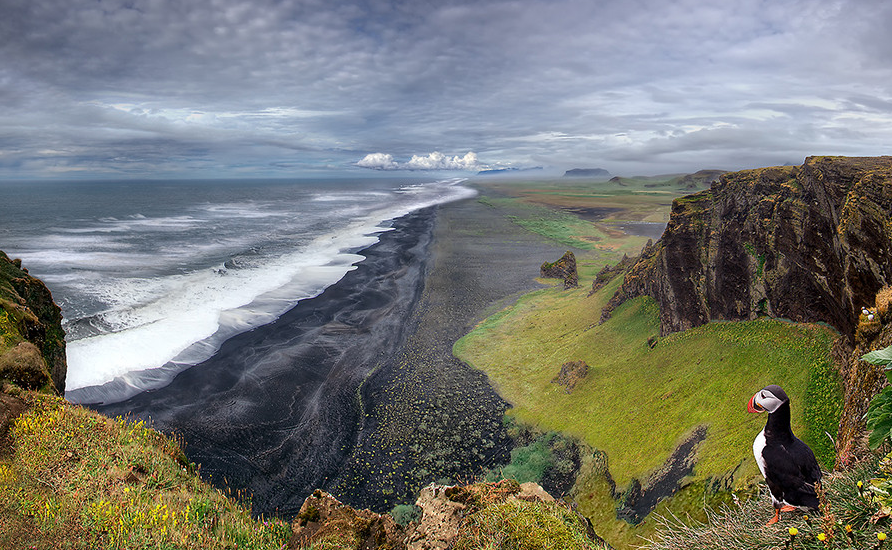
Why travel to Iceland
With over 2 million tourists visiting each year to witness its moss-covered lava fields, glacier-fed ice caves, rock-ribbed beaches, and ash-spouting volcanoes, Iceland, a country of stark geological differences, has impressively developed a tourism industry.
Iceland, sometimes known as “the land of fire and ice,” is filled with breathtaking beauty that will astound and surprise you at every step. The phrase’s use of the term “fire” alludes to Iceland’s numerous active volcanoes, which erupt sometimes. Throughout the nation, elemental forces bubble just below the surface, and resourceful Icelanders have long used geothermal energy to produce electricity, heat water for drinking, and warm tomato greenhouses.
Visiting bubbling fumaroles and thermal springs is part of the profitable business of volcanic tourism. The Blue Lagoon and Sky Lagoon near Reykjavik are two well-known examples of the latter; both are geothermal baths designed to relieve your aches and pains.
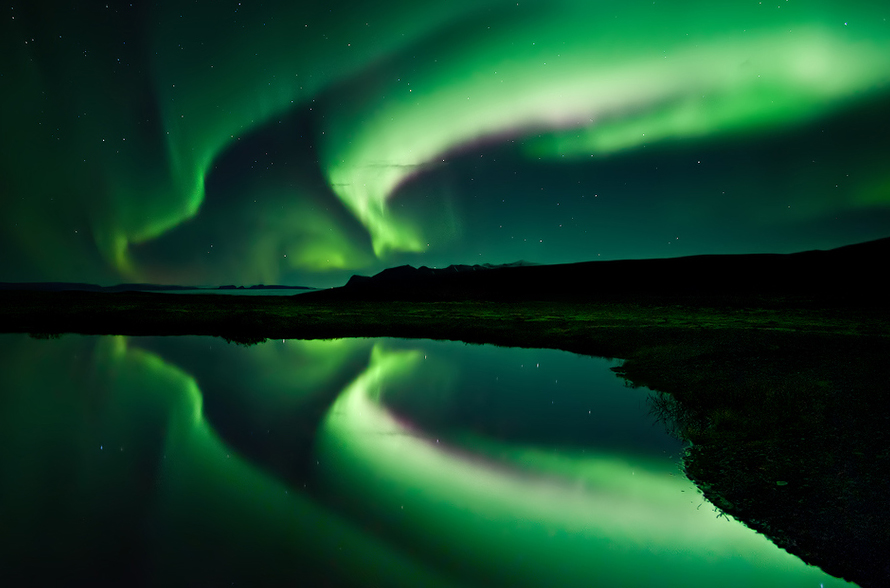
Iceland’s other main attraction is ice (the name gives it away), more especially, the impressive glaciers that plunge down to the coast and calve icebergs into tranquil lagoons. Approximately 11% of the nation is covered in glaciers, the greatest of which, Vatnajökull, covers an area of 8,400 km2 (3,243 mi2) in the southeast and has thick blankets of snow covering several tall, spectacular mountain ridges. This area is home to Hvannadalshnjkur, Iceland’s tallest mountain (2,119m or 6,592ft). There are several opportunities for guided excursions of glaciers, ice caves, and frozen waterfalls.
The majority of tourists begin their journeys in Reykjavk, Iceland’s capital. This entertaining and energetic city is undoubtedly a worthwhile detour with its many museums, marine excursions, and dynamic nightlife.
So come to the least densely populated country in Europe to experience wandering in a lava cave, climbing a glacier, seeing a whale, or seeing the colorful northern lights in their entire splendour, undimmed by light pollution. Whatever you choose to do, a trip to Iceland will leave you with lifelong memories.
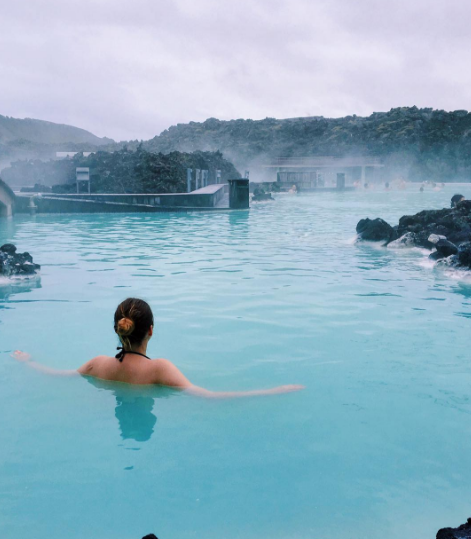
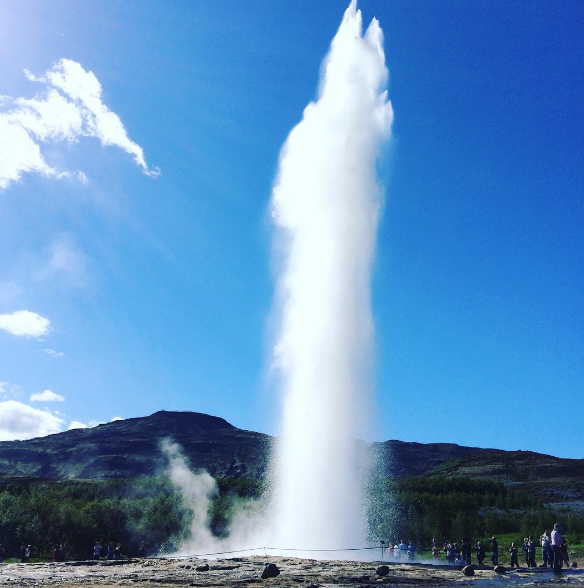
Iceland main regions
Iceland is divided into seven regions, each with its own unique attractions and characteristics. Here’s a brief overview of each region and the things to see and do there:
Reykjavik: The capital and largest city of Iceland, Reykjavik is known for its vibrant cultural scene, including museums, art galleries, and music festivals. Visitors can also explore the city’s historic sites, such as the Hallgrimskirkja, a large church with a stunning view of the city, and the Reykjavik City Museum, which offers an overview of Iceland’s history and culture.
The South Coast: This region is known for its dramatic coastal landscapes and black sand beaches. Some popular attractions include the Seljalandsfoss and Skogafoss waterfalls, the Reynisfjara black sand beach, and the Vatnajokull National Park, which is home to the largest glacier in Europe.
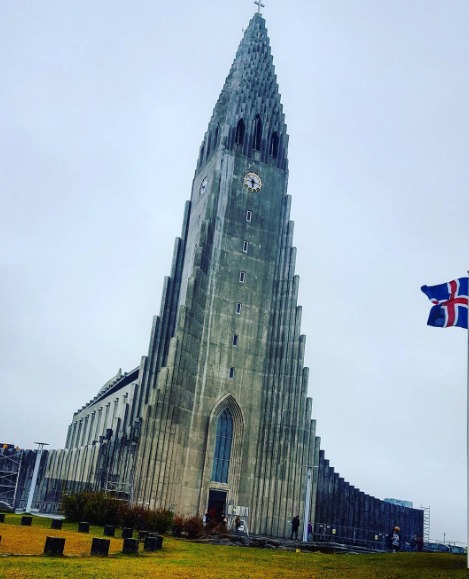
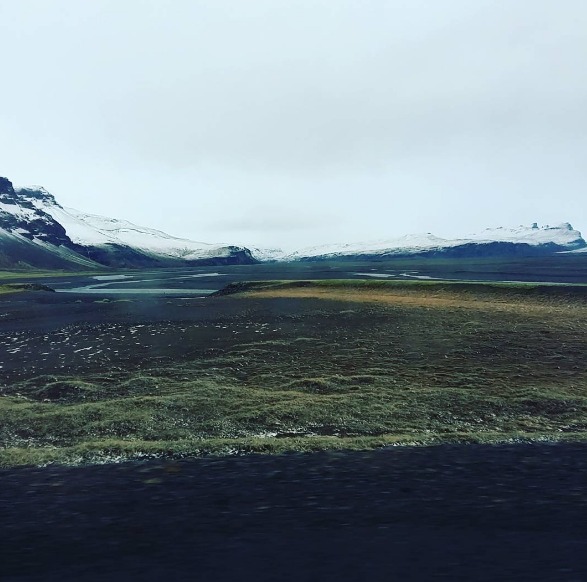
The Westfjords: The Westfjords are a remote and rugged region, known for its fjords, cliffs, and wildlife. Some popular attractions include the Dynjandi waterfall, the Hornstrandir Nature Reserve, and the Isafjordur town.
The North: This region is known for its glaciers, hot springs, and geysers. Some popular attractions include the Myvatn Nature Baths, the Dettifoss waterfall and the Akureyri town, the largest town in the north of Iceland.
The East: This region is known for its rugged mountains and remote valleys. Some popular attractions include the Jokulsarlon glacier lagoon, the Fjardarheidi heath, and the Vatnajokull National Park.
The Golden Circle: This region is known for its geysers, hot springs, and historic sites. Some popular attractions include the Geysir geothermal area, the Gullfoss waterfall and the Thingvellir National Park, which is a UNESCO World Heritage Site and the location of the first Icelandic parliament.
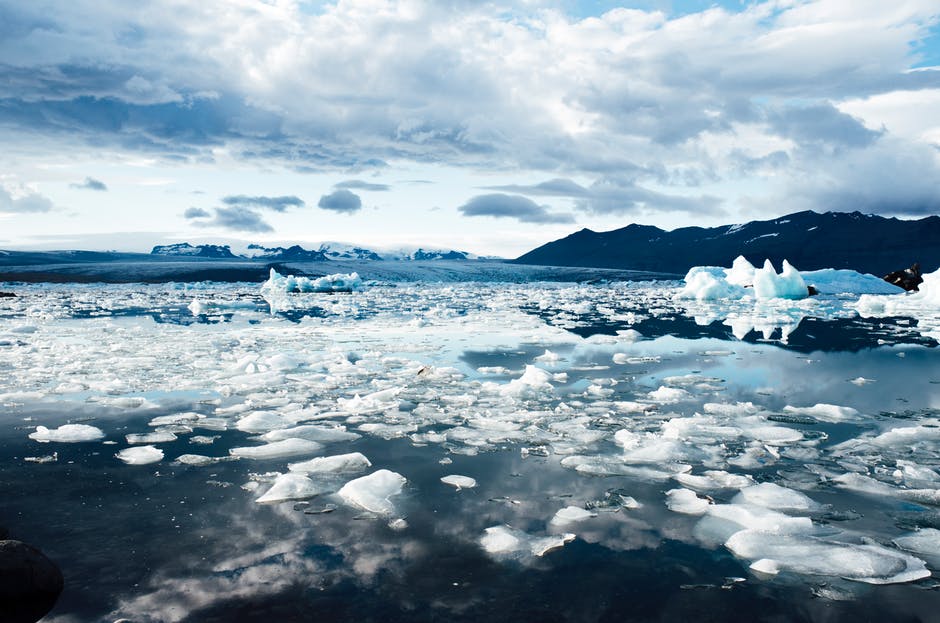
The West: This region is known for its glaciers and rugged mountains. Some popular attractions include the Snaefellsjokull National Park and the Reykjanes Peninsula, known for its hot springs and geysers.
Each region has its own charm and attraction, it’s important to plan ahead and decide what you’re most interested in seeing and doing. Iceland is a small country but still, it’s a lot to see and explore, so it’s good to have a plan before you go to make the most of your trip.
Iceland in seasons
Iceland is known for its dramatic seasons and unique weather, which can greatly affect a traveler’s experience. Here’s a brief overview of each season in Iceland and what to expect as a tourist:

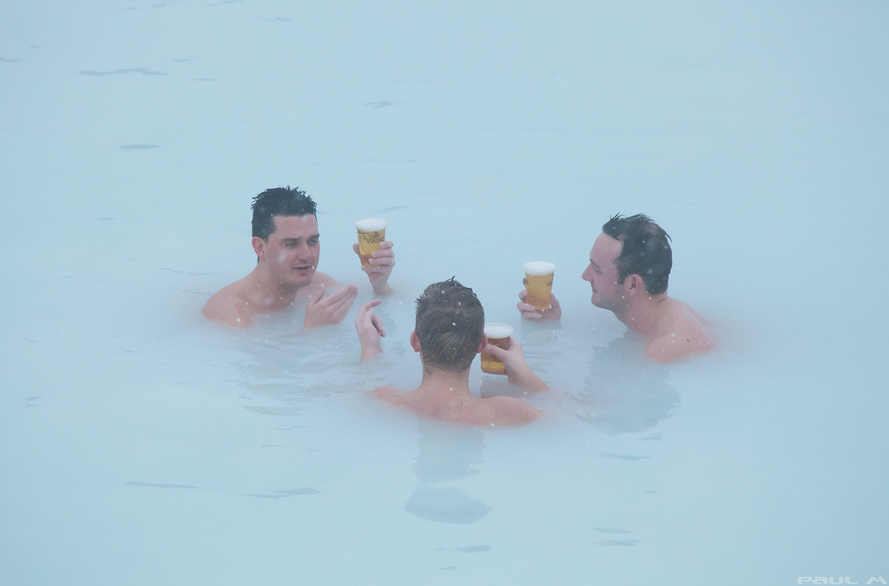
Spring (April-May): Spring is the start of the tourist season in Iceland, with milder temperatures and longer days. The days start to get warmer and the snow begins to melt, making it an ideal time for hiking and outdoor activities. Visitors can also see the Northern Lights during this season, as well as the return of migratory birds.
Summer (June-August): Summer is the peak tourist season in Iceland, with long days and mild temperatures. The days are the longest and the weather is the mildest, which makes it an ideal time for outdoor activities such as hiking, fishing, and sightseeing. Visitors can also see the Midnight Sun during this season, when the sun never fully sets.
Fall (September-October): Fall is a transitional season in Iceland, with cooler temperatures and shorter days. The leaves of the trees start to change color and the country’s landscapes become more dramatic. This is a good time to visit for photographers and nature lovers.
Winter (November-March): Winter is the coldest season in Iceland, with short days and low temperatures. The days are short and it’s dark most of the time, but it’s also the best time to see the Northern Lights. Visitors can also go skiing, snowboarding, and snowmobiling during this season.
It’s important to note that the weather in Iceland can be unpredictable, with strong winds, heavy rainfall, and even snowfall in the summer months. It’s always a good idea to check the forecast before embarking on any outdoor activities and to be prepared with the right clothing and gear.
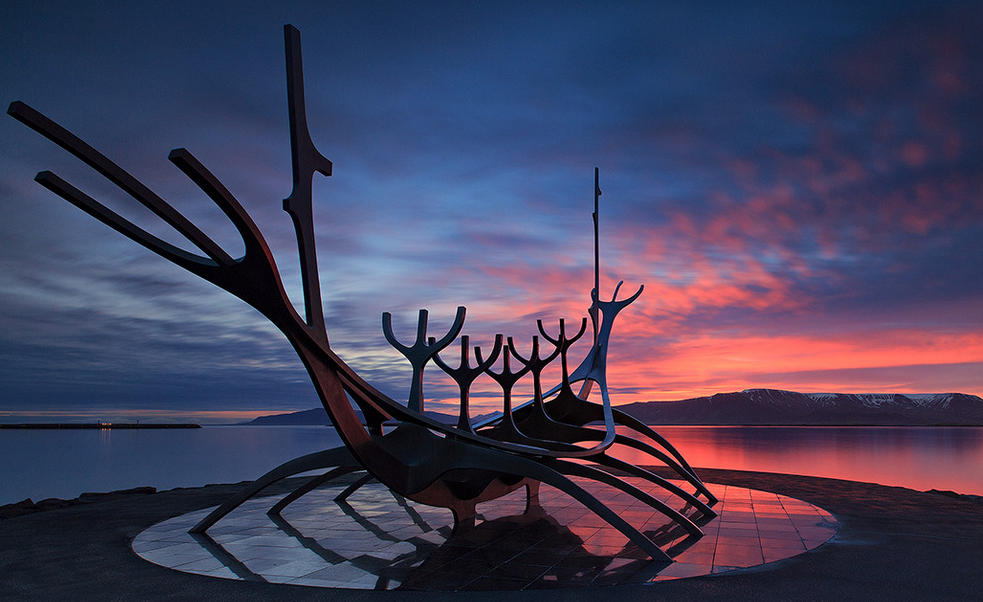
Things to see and do in Iceland
Geothermal spas
Iceland has many geothermal spas and the most famous ones are the Blue Lagoon and Sky Lagoon near Reykjavík. The former is covered in silica mud which is said to have skin-healing properties. The latter, launched in 2021 and is closer to Reykjavík than the Blue Lagoon, has an infinity pool and sauna that offer breathtaking views of the Atlantic Ocean.
Gullfoss
The Hvitá River forces its way through the basalt lava layers and thunders down in two stages before dropping into a narrow canyon below. Visitors can walk the one-mile trail and see the cascades from the overlook.
Jökulsárlón
At the edge of Vatnajökull National Park lies Jökulsárlón, a glacial lagoon formed in 1934 when Breiðamerkurjökull glacier started retreating. With floating icebergs and seals swimming in the lagoon, its surreal landscape makes it a favourite with photographers and film crews. Hollywood movies such as Die Another Day and Lara Croft: Tomb Raider were shot here.
National Parks
Iceland has three national parks: Þingvellir (Thingvellir), Vatnajökull, and Snæfellsjökull. Þingvellir, arguably the most famous national park in Iceland, is a powerful visual representation of continental drift as the American and Eurasian tectonic plates below the surface are pulling apart at a rate of a few centimetres a year. On the other hand, Vatnajökull and Snaefellsjokull are famed for snow-capped volcanoes.
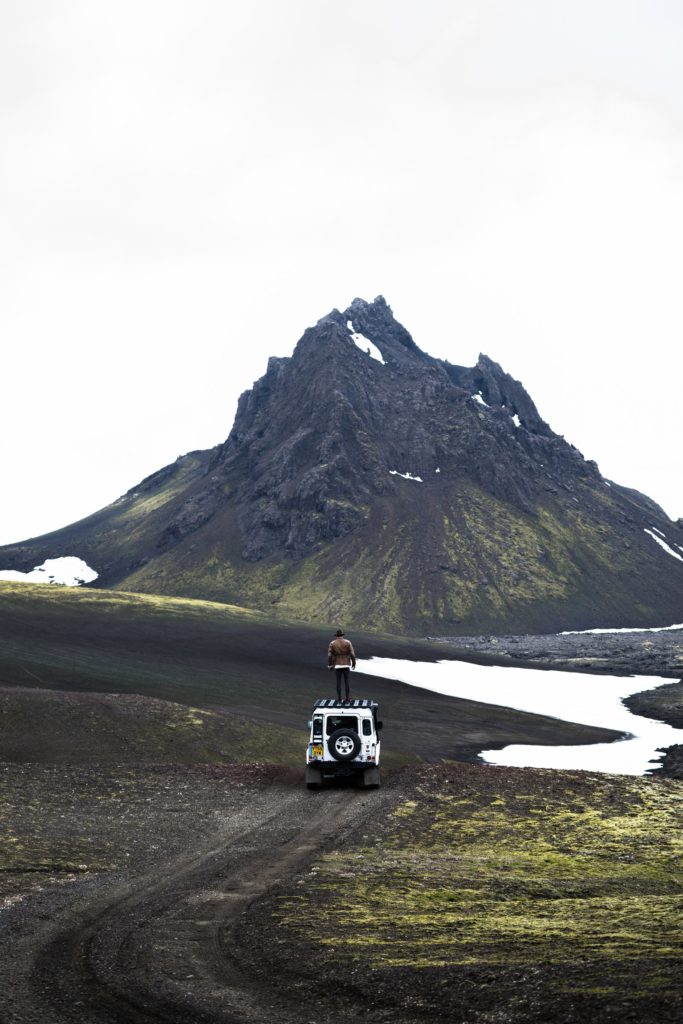
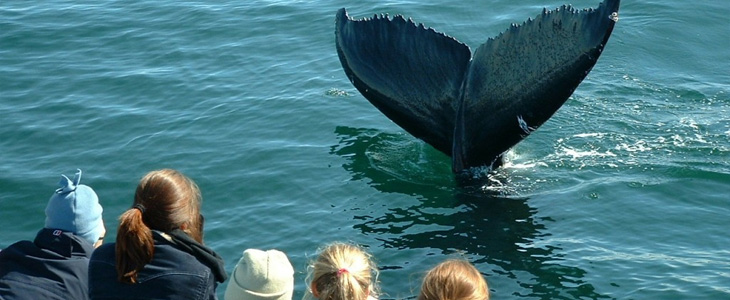
Northern Lights
One of nature’s most awesome spectacles, the Northern Lights are visible from late September to mid-April across the Icelandic sky. The ever-shifting, glowing patterns of light are caused by the electrically charged particles colliding with the atmosphere. Sightings are weather dependent and not guaranteed.
The Diamond Circle
This 250km (155mi) sightseeing route starts from Akureyri and connects five major attractions: the picturesque Goðafoss Waterfall, the blue/green landscapes of Lake Mývatn, the powerful Dettifoss Waterfall, the horseshoe-shaped Ásbyrgi Canyon, and the whale-watching hub of Húsavík.
The Golden Circle
Arguably the most famous sightseeing route among tourists, the 300km (186mi) Golden Circle connects Þingvellir (Thingvellir National Park), Gullfoss and Geysir – the three must-see attractions for any tourist to south Iceland. Many companies offer this full-day tour from Reykjavík.
The Great Geysir
The word “geyser” that we use to define a spouting hot spring comes from the Great Geysir in Hauka Valley, an area with many hot water blowholes. Within the geothermal park, the most active geyser is Strokkur, which erupts every 10-15 minutes or so.

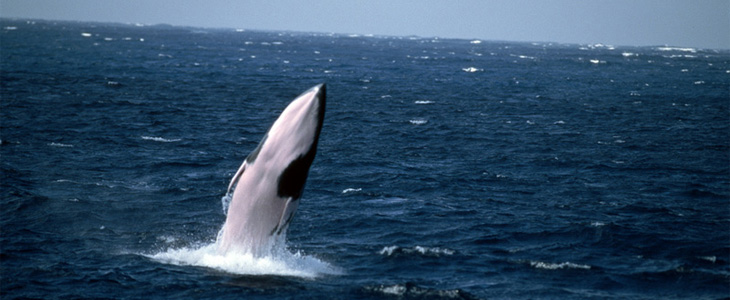
Fun things to do in Iceland
Iceland is a country with a wide range of activities to suit different interests and preferences. Here is a detailed overview of some of the fun things to do in Iceland:
Explore the natural wonders: Iceland is known for its stunning natural landscapes, including glaciers, waterfalls, hot springs, and geysers. Some of the must-see natural wonders include the Blue Lagoon, a geothermal spa located in a lava field, the Gullfoss waterfall, one of the most beautiful waterfalls in Iceland, and the Vatnajokull National Park, home to the largest glacier in Europe.
Go on a road trip: Iceland’s landscapes are best explored by car, and a road trip is a great way to see the country’s natural wonders and charming small towns. The famous Ring Road (Route 1) is a popular route for road trips and offers a variety of landscapes and attractions.
Visit the Golden Circle: The Golden Circle is a popular route that includes some of Iceland’s most famous attractions, such as the Geysir geothermal area, the Gullfoss waterfall and the Thingvellir National Park. It’s a great way to experience some of Iceland’s most iconic sights in a day trip.
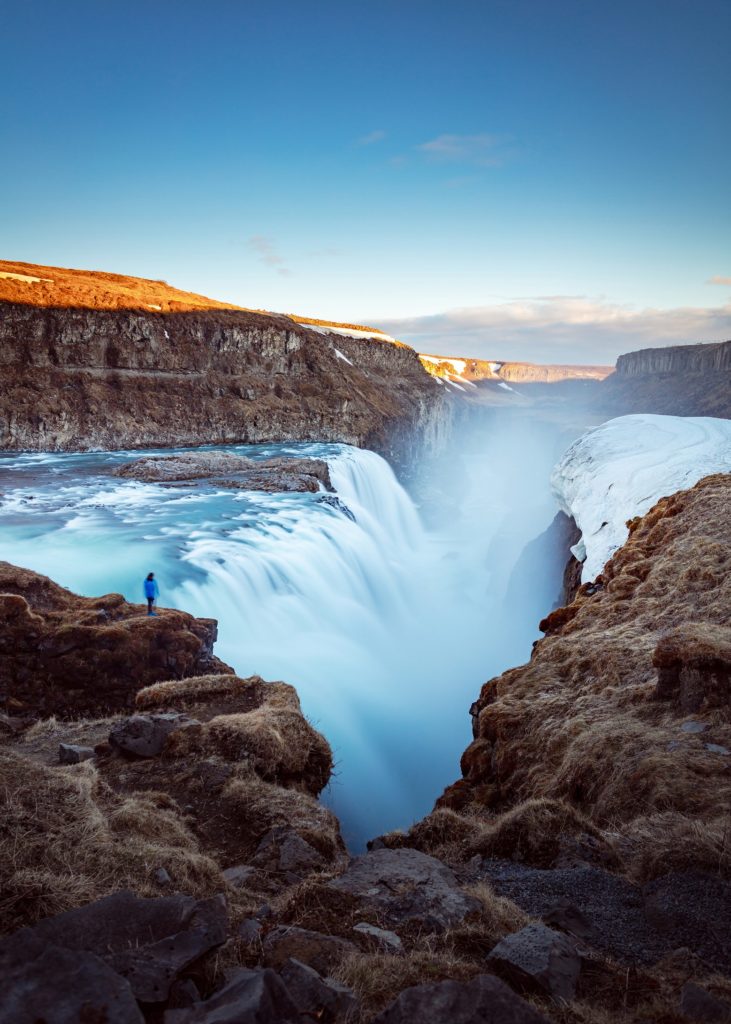
See the Northern Lights: Iceland is one of the best places in the world to see the Northern Lights, also known as the Aurora Borealis. The best time to see the Northern Lights is during the winter months, and there are several tour companies that offer guided tours to the best viewing spots.
Take a dip in the hot springs: Iceland is home to several natural hot springs, many of which are open to the public. Some popular hot springs include the Secret Lagoon, a natural hot spring located in a small village, and the Myvatn Nature Baths, a geothermal spa located in the north of Iceland.
Go hiking: Iceland offers a variety of hiking trails, ranging from easy to strenuous, and it’s a great way to see the country’s natural beauty up close. Some popular hiking trails include the Laugavegur trail, one of the most famous hiking trails in Iceland, and the Fimmvörðuháls trail, which takes you through a volcanic landscape.
Try ice climbing: Iceland is known for its glaciers and ice climbing is a popular activity for adventure-seekers. Guided ice climbing tours are available on several glaciers, including the Sólheimajökull glacier and the Vatnajökull glacier.
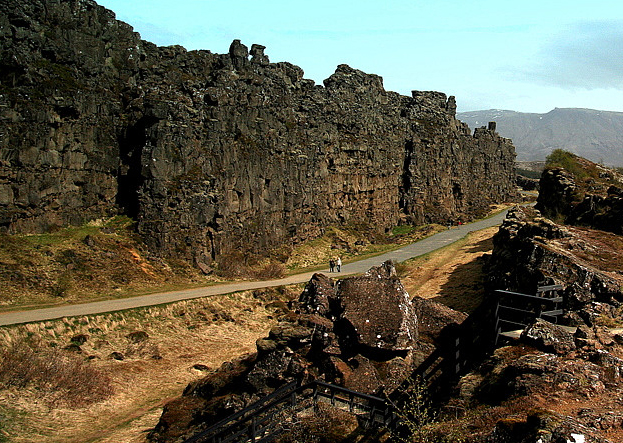
Go on a whale watching tour: Iceland is home to several species of whales, and a whale watching tour is a great way to see these magnificent creatures in their natural habitat.
Visit Reykjavik: Reykjavik is the capital and largest city of Iceland, and it offers a variety of cultural and historical attractions. Some popular attractions include the Hallgrimskirkja, a large church with a stunning view of the city, and the Reykjavik City Museum, which offers an overview of Iceland’s history and culture.
Food & drinks in Iceland
Iceland has a unique and varied culinary tradition, with traditional dishes that are influenced by the country’s harsh climate and limited resources. Here’s a brief overview of some traditional Icelandic dishes:
Skyr: Skyr is a traditional Icelandic yogurt-like dairy product that is high in protein and low in fat. It can be eaten plain or sweetened with honey, fruit, or other flavorings. It’s a staple in the Icelandic diet and is considered a healthy alternative to other types of yogurt.
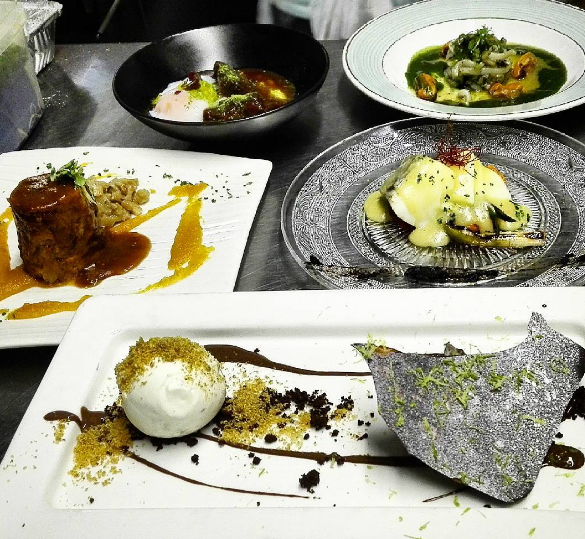
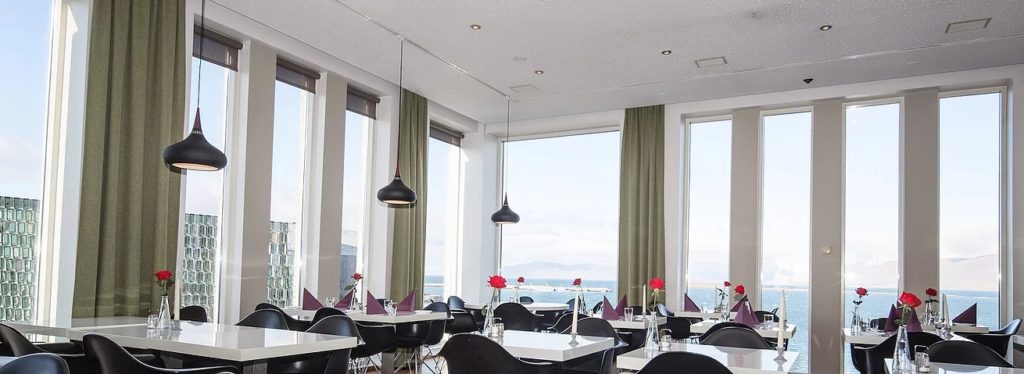
Hákarl: Hákarl is a traditional Icelandic dish made from fermented Greenland shark. The shark is buried in a shallow pit for several months, allowing it to ferment, before it’s cut into small pieces and hung to dry for several more months. It has a strong, pungent odor and a unique taste that can be an acquired taste.
Pylsur: Pylsur are traditional Icelandic hot dogs, typically made from a combination of pork, beef and lamb. They are a popular street food in Iceland and are often served with a variety of toppings, such as ketchup, mustard, remoulade, and fried onions.
Kjötsúpa: Kjötsúpa is a traditional Icelandic lamb soup made with lamb, potatoes, carrots, and onions. It is a comforting and hearty soup, perfect for a cold winter day.
Harðfiskur: Harðfiskur is a traditional Icelandic dried fish snack made from cod or haddock. The fish is dried in the sun and wind, and then it’s cut into small pieces and eaten as a snack, often accompanied by butter.
Rækju smjöri: Rækju smjöri is a traditional Icelandic dish that consists of shrimps mixed with butter, salt, and pepper. It’s typically served as a starter or as a sandwich filling.
Laufabrauð: Laufabrauð is a traditional Icelandic pastry that is typically served during the Christmas season. It is a thin, crispy pastry that is cut into intricate designs and deep-fried.
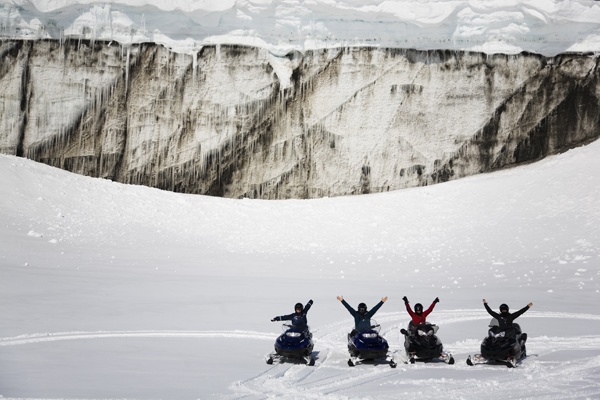
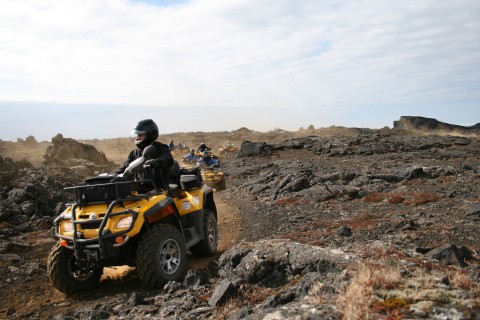
Icelandic cuisine owes much to Scandinavian and European influences. As New Nordic cuisine has risen in prominence in recent years, so too has the profile of Icelandic food. Many experimental chefs now create modern dishes with traditional ingredients.
Fresh fish is a staple (fish soup and fish ‘n chips are highly recommended), and Icelandic lamb is also popular. Sheep are reared locally and the meat is extremely tasty. Vegetarians and vegans are also catered for, but be mindful that while local greenhouses can produce a limited amount of tomatoes and cucumbers, most vegetables are imported.
Emblematic restaurants to try in Reykjavik
Reykjavik, the capital city of Iceland, has a diverse food scene with numerous restaurants serving traditional Icelandic cuisine as well as international dishes. Here are some of the most emblematic restaurants in Reykjavik and their specialties:
The Seafood Grill – This restaurant is known for its fresh seafood dishes, particularly its Icelandic lobster soup and grilled fish of the day.
Grillmarkadurinn (The Grill Market) – Specializing in locally sourced meat and fish, the Grill Market offers unique dishes such as grilled puffin, reindeer carpaccio, and lamb fillet.
Matur og Drykkur (Food and Drink) – This restaurant focuses on traditional Icelandic cuisine with a modern twist. Some of its specialties include pickled and fermented seafood, slow-cooked lamb, and homemade rye bread.

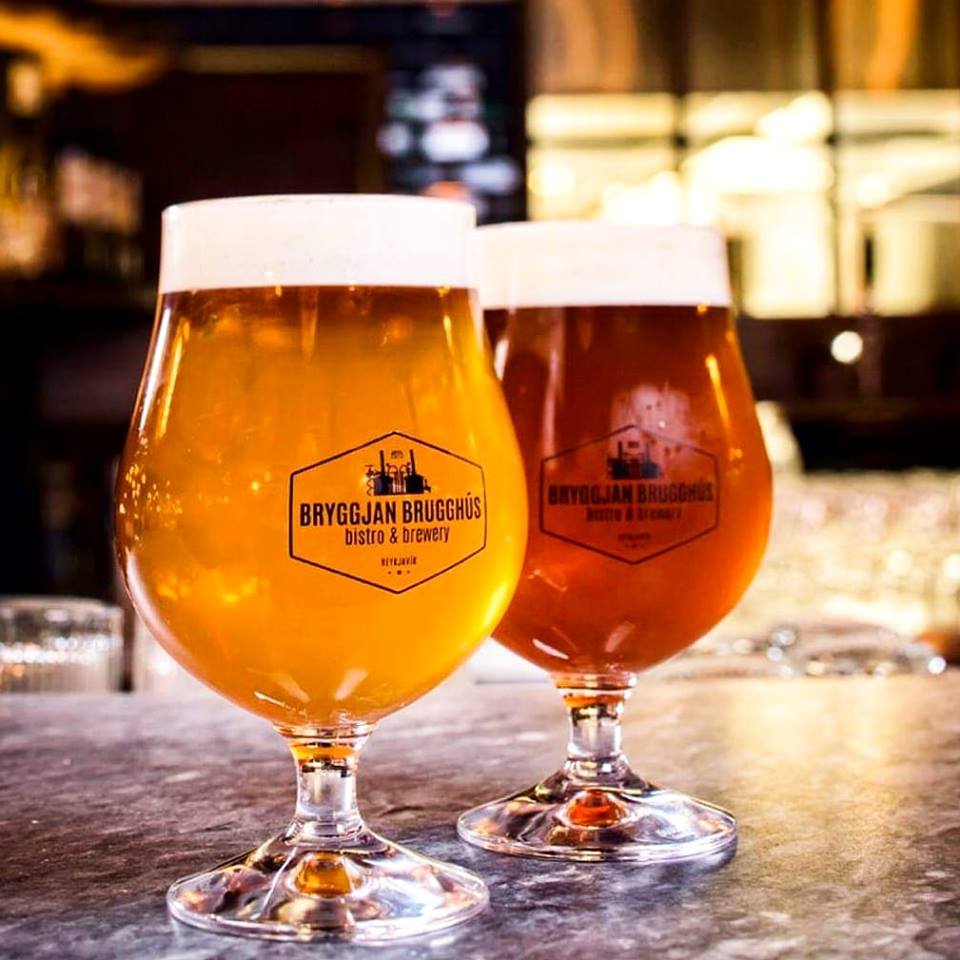
Reykjavik Kitchen – This restaurant offers a fusion of Icelandic and international cuisine. Its specialties include grilled lamb chops, lobster tails, and Icelandic fish and chips.
Kol Restaurant – This trendy restaurant offers a modern twist on traditional Icelandic cuisine. It is known for its grilled meats, fresh fish, and unique cocktails.
Kopar Restaurant – Specializing in seafood and Icelandic lamb, this restaurant offers stunning views of the harbor. Its specialties include grilled langoustine, pan-fried Arctic char, and slow-cooked lamb shank.
Icelandic Street Food – This casual restaurant offers a taste of traditional Icelandic food at an affordable price. Its specialties include Icelandic meat soup, fisherman’s favorite, and Icelandic lamb meatballs.
The best rooftops in Reykjavik:
Perlan: Perlan is a landmark building in Reykjavik that offers panoramic views of the city from its observation deck. The rooftop features a café, a restaurant and a bar, and it is also possible to take a guided tour of the building to learn more about Iceland’s geothermal energy and its history.
Sky Lounge: The Sky Lounge is located on the top floor of the Reykjavik Marina hotel, offering views of the city and the sea. The rooftop features a bar and a restaurant and is a great place to relax and enjoy the views, especially during the summer months.
101 Hotel: The 101 Hotel is located in the heart of Reykjavik and offers views of the city and the mountains from its rooftop bar and lounge. The rooftop is a great spot to enjoy a drink and take in the views, especially during the warmer months.
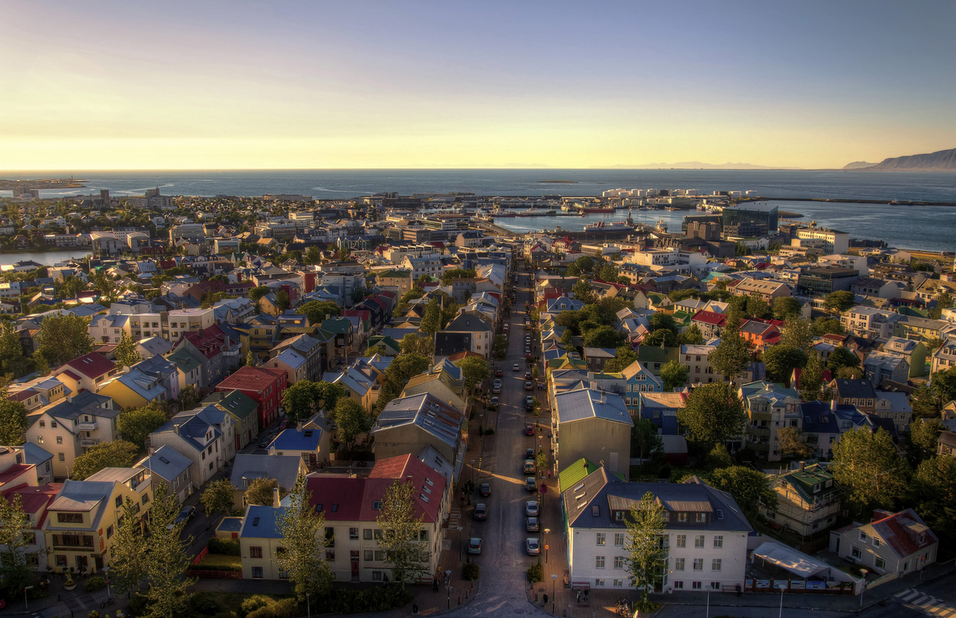
The Capital Inn: The Capital Inn is a hotel located in the city center, offering views of the surrounding mountains and the sea from its rooftop terrace. The rooftop is a great place to relax and enjoy the views, especially during the summer months.
The Reykjavik Konsulat Hotel: The Reykjavik Konsulat Hotel is a small boutique hotel located in the heart of Reykjavik, offering views of the city from its rooftop terrace. The terrace is a great spot to enjoy a drink and take in the views, especially during the warmer months.
Nightlife in Iceland
Apart from Reykjavík, nightlife in Iceland is a subdued affair.
In the capital, there are bars and pubs ideal for a pöbbarölt (pub crawl) that can go on into the late hours, especially during the summer months when the city enjoys long daylight hours.
Harpa, Iceland’s premier concert hall situated on the Reykjavík waterfront, has a string of programmes year-round to entertain locals and tourists alike. Presently, Harpa has four residents, namely the Iceland Symphony Orchestra, Icelandic Opera, Reykjavik Big Band, and Maxímús Músíkús (Iceland’s most famous musical mouse and is hugely popular among Harpa’s youngest guests).
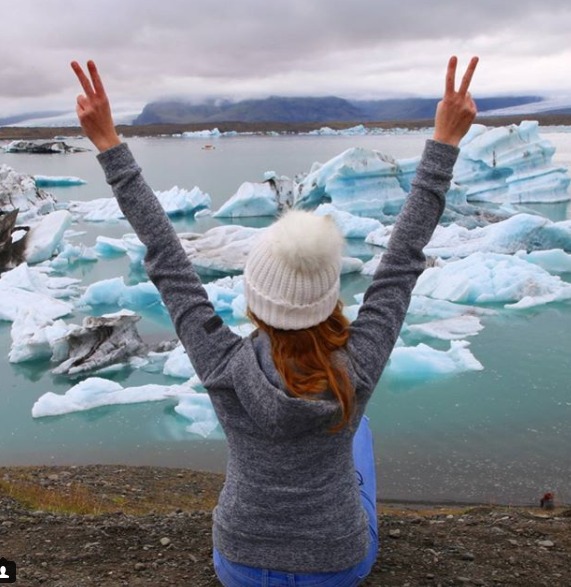
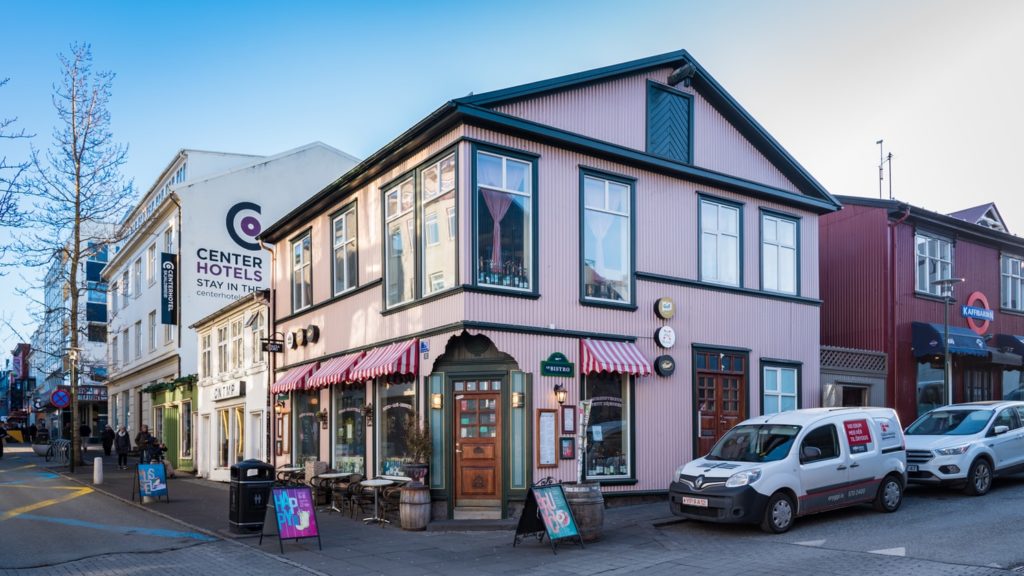
Shopping, taxes and tipping in Iceland
In Iceland, almost every major attraction has a gift shop selling the best of Icelandic wool sweaters and blankets, along with other items that keep you warm.
In Reykjavík, Laugavegur is the main shopping street while Kringlan and Smáralind are the major shopping malls (both claim to be the largest). The small indoor flea market, Kolaportið (near Icelandic Phallological Museum), held every weekend, is a great place to find knick-knacks.
Icelandic liquor also makes a great gift. Brennivín, a caraway-spiced spirit best served chilled from a small shot glass, is probably the nation’s favourite. Icelandic gin is also becoming very popular.
Shopping Note
Visitors can claim VAT from purchases made in Iceland, provided that the minimum amount on one single receipt is over ISK 6,000. If you’re going to make a big purchase, ask the retailer for a tax-free form, in which the retailer will sign and attach your original receipt to it.

Shopping hours
Mon-Fri 0900-1800. Shops that cater to tourists tend to open every day, although some may have reduced hours on Sundays.
Getting Around Iceland
Air: Icelandair (www.icelandair.com) and Eagle Air (www.eagleair.is) run domestic services within Iceland.
Road: Increasingly, many travellers choose to self-drive around Iceland, taking time to appreciate the beautiful landscape. Highway 1 (aka the Ring Road as it circumnavigates the whole country) is the most travelled route in the country. It is easy to navigate but beware that weather conditions can cause temporary closures during winter.
All major roads in Iceland are excellent, but beware of rough terrain and gravel roads if you intend to travel to the highlands. In this case, a four-wheel-drive vehicle is recommended as it has good ground clearance. Please note that the highland roads are also closed in winter times. Also, off-road driving is prohibited by law (and carries a hefty fine), so you must stay on the designated tracks.
Car Hire: International car rental companies are available in Reykjavík and Akureyri.
Taxi: Available from all hotels and airports and downtown areas of Reykjavík and Akureyri.
Bike: Cycling in Iceland appeals to adventurers who don’t mind covering long distances in a single day (and in bad weather). Highway 1 (the Ring Road) is by far the most popular route among bike enthusiasts.
Coach: Strætó manages public buses in Iceland and its fleet can take you to all major towns and attractions. You can check out which buses go where on the Public Transport (www.publictransport.is) website. Alternatively, download the Strætó app that allows you to pay for fares, plan your trip, locate buses in real-time and more.
For those who are after scheduled bus tours, check out Reykjavík Excursions, Gray Line Iceland, Trex and Sterna Travel.
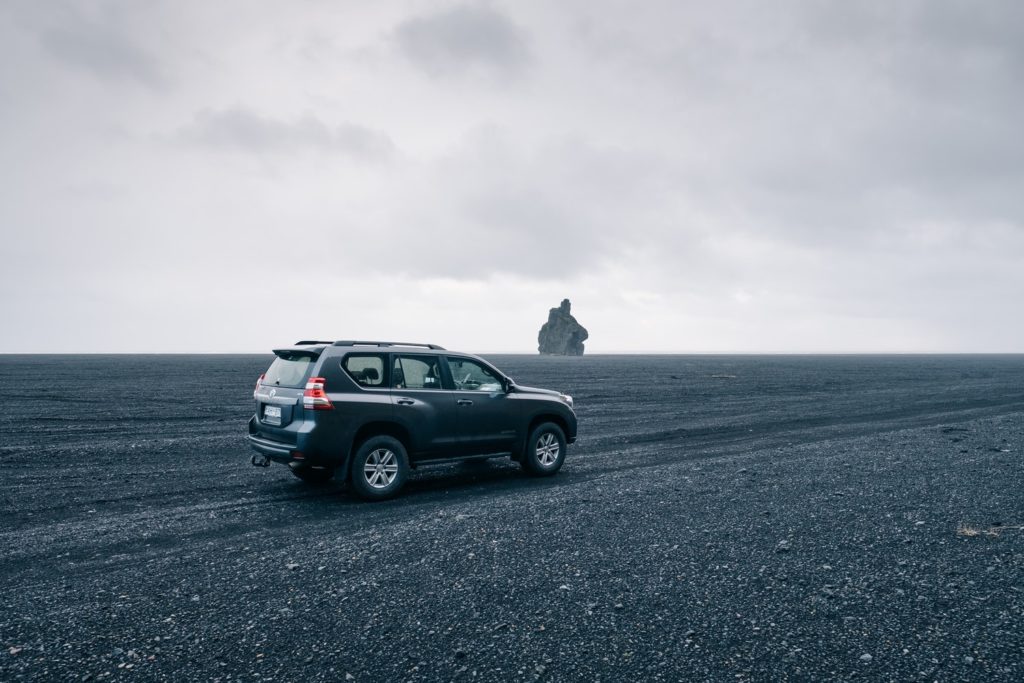
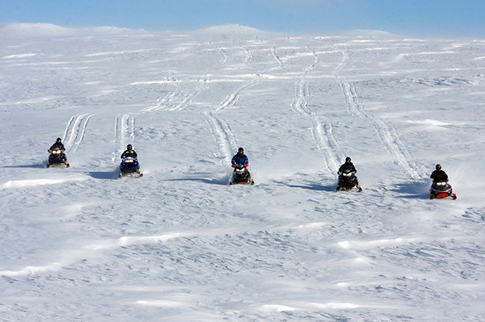
Regulations when driving
When the roads are in the best condition, the speed limits are 30kph (19mph) in residential areas, 50kph (31mph) in urban areas, 80kph (50mph) on gravel roads and 90kph (56mph) on highways. In the winter months, please check the weather reports before your trip and slow down when necessary.
Driving under the influence of alcohol is prohibited. It is obligatory to use headlights at all times and year-round (“auto” setting on the lights is not enough), and to wear seatbelts, both in the front and back seats. At single-lane bridges, the car that arrives first has the right of way.
Special warning signs indicate danger ahead, but there may not be a separate sign on reducing speed. You must choose a safe speed according to conditions.
Changing weather conditions can make driving in Iceland challenging. Be prepared and take all reasonable precautions.
Petrol stations are available in all towns and along major highways. However, distances between petrol stations may vary, so make sure you have enough fuel to reach the next destination.
Rail: There are no trains in Iceland.
Ferries: Several ferry companies operate services to various islands and fjords and some of them also run sightseeing tours. Some examples include:
• Herjolfur (herjolfur.is) runs between Landeyjahöfn in the south and Westman Islands (Vestmannaeyjar).
• Viðey ferry (elding.is) serves Viðey Island from Reykjavík (the Old Harbour and Skarfabakki Harbour).
• Sæfari (samskip.is) offers services from Dalvík (near Akureyri) to Grímsey in the Arctic Circle.

A brief history of Iceland
Iceland was settled by Norse seafarers more than 1,000 years ago and they first assembled in Þingvellir (now Thingvellir National Park) in the year 930.
In 1262, Iceland submitted to the King of Norway and Jónsbók (the code of laws) was introduced to the islanders in 1281. In 1397, the forming of the Kalmar Union saw Denmark, Sweden and Norway, along with Norway’s colonies such as Iceland and Greenland, all came under the control of Denmark. In 1814, Norway became independent, but Iceland remained a Danish territory. In 1944, Iceland gained its independence and the new republic has been celebrating its National Day on 17 June ever since.
About 80% of Icelanders are Lutherans and another 5% belong to other Christian denominations. About 5% of the people still practise ásatrú, the traditional Norse religion.
Iceland has a 99% literacy rate – its people are knowledgeable, well-spoken and very polite. Icelandic is the national language but Danish and English are widely spoken.
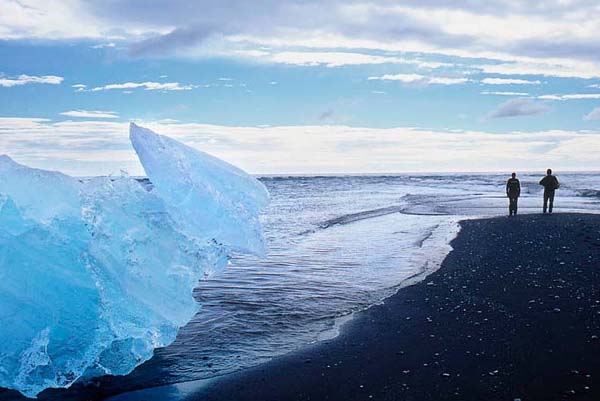
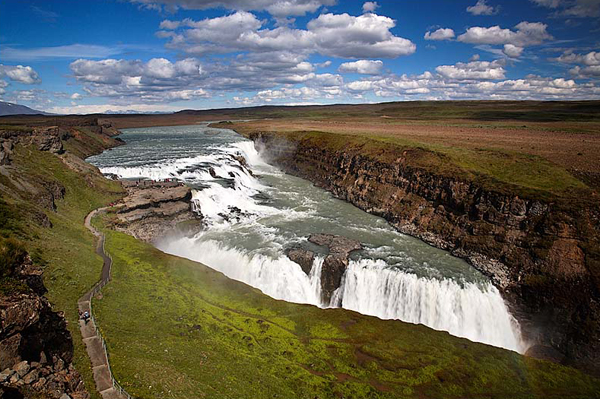
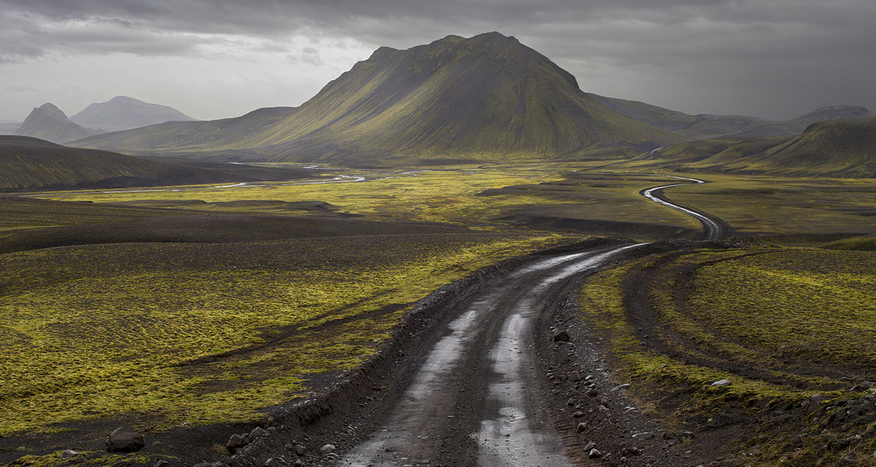
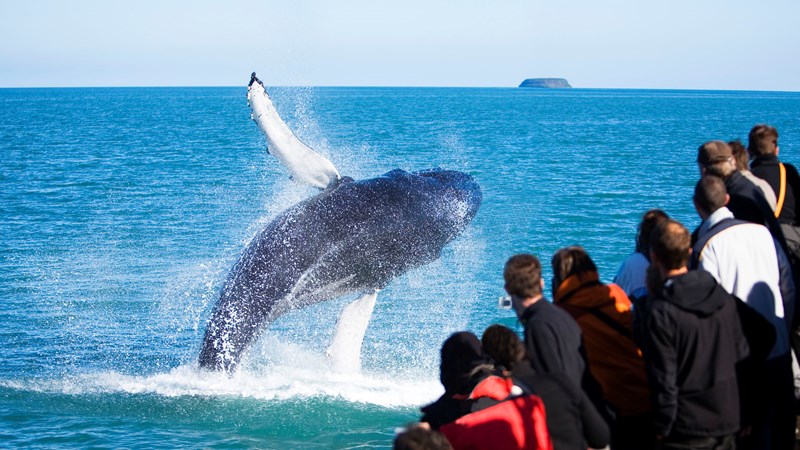
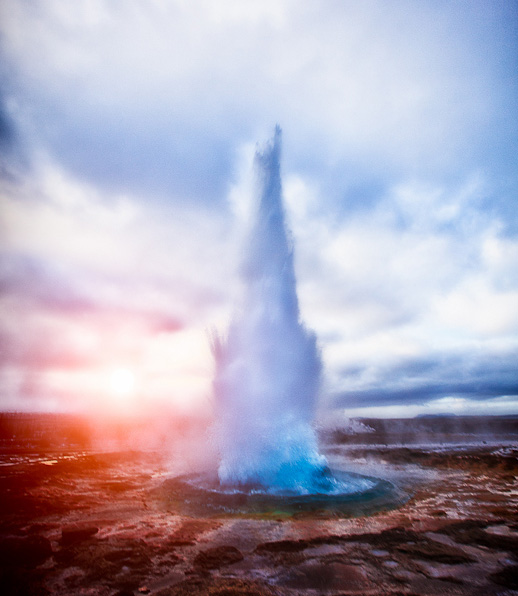
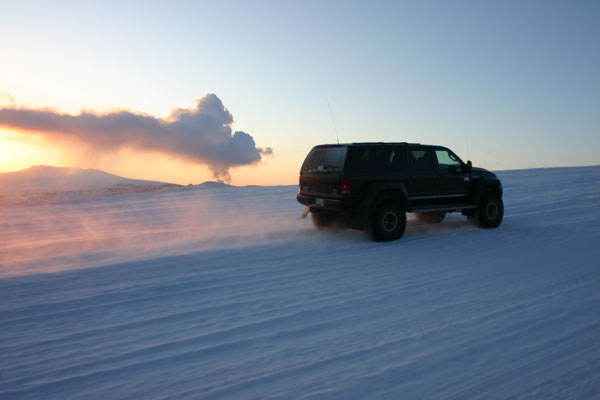
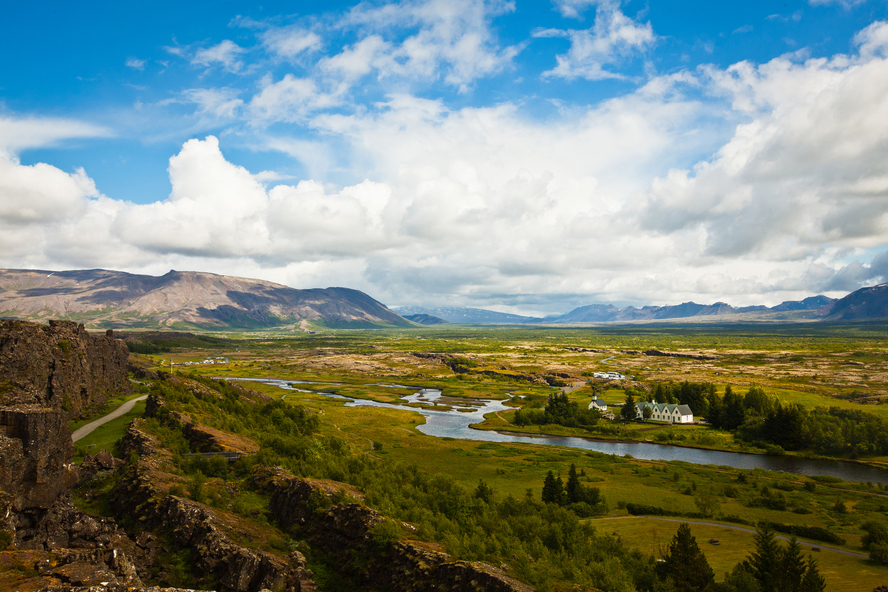
–
Check our other travel guides.